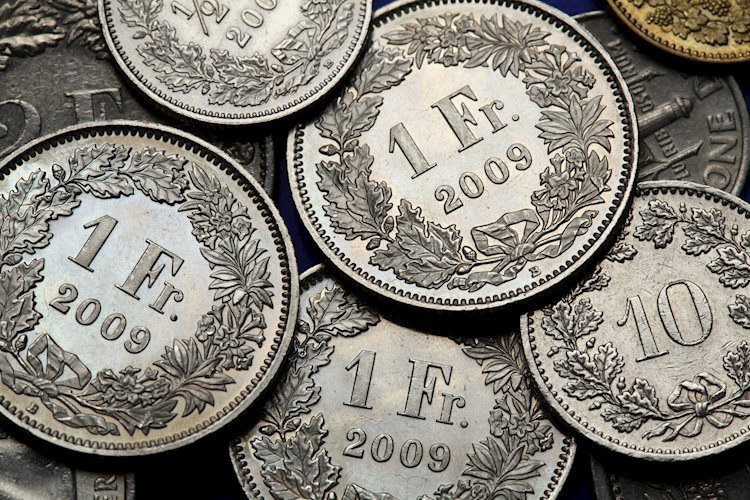- USD/CHF trades on a weaker note near 0.8925 in Tuesday’s early Asian session.
- Fed policymakers retain a cautious approach to rate cuts, emphasizing that their decisions would be data-dependent.
- The Swiss Franc is supported by the escalating geopolitical tensions in the Middle East and Ukraine.
The USD/CHF pair weakens around 0.8925 on Tuesday during the early Asian trading hours. The downtick of the pair is backed by a weaker US Dollar (USD) broadly. Investors will keep an eye on the Swiss SNB Quarterly Bulletin for the second quarter (Q2) on Wednesday. On the US docket, the final reading of the US Gross Domestic Product (GDP) for Q1 on Thursday, and the May Personal Consumption Expenditure (PCE) Price Index for May on Friday will be the highlights this week.
The US Federal Reserve (Fed) policymakers retain a cautious approach to rate reduction, emphasizing that their decisions would be data-dependent. On Monday, San Francisco Fed President Mary Daly said that the Fed must continue its efforts to restore price stability without a painful disruption to the economy. Daly noted that although the central bank still has “more work to do” to temper inflation, it is not the only risk they face.
According to the CME FedWatch Tool, traders are now pricing in a nearly 66% chance of the Fed rate cut in September, up from 59.5% at the end of last week. The speeches from the Fed’s Lisa Cook and Michelle Bowman later on Tuesday might offer some hints about the interest rate trajectory this year. The hawkish comments from the Fed policymakers could lift the Greenback and cap the downside for USD/CHF.
On the other hand, the ongoing geopolitical tensions in the Middle East and Ukraine might boost the safe-haven flows, which benefit the Swiss Franc (CHF). Israeli Prime Minister Benjamin Netanyahu stated that the most intense phase of the attack against Hamas in Gaza is close to ending while stressing the broader war against Hamas wages on, according to CNN. Additionally, Russia has condemned the US for a “barbaric” strike in Crimea, which used US-provided missiles, killing at least four people, including children, and injuring 151 others.













